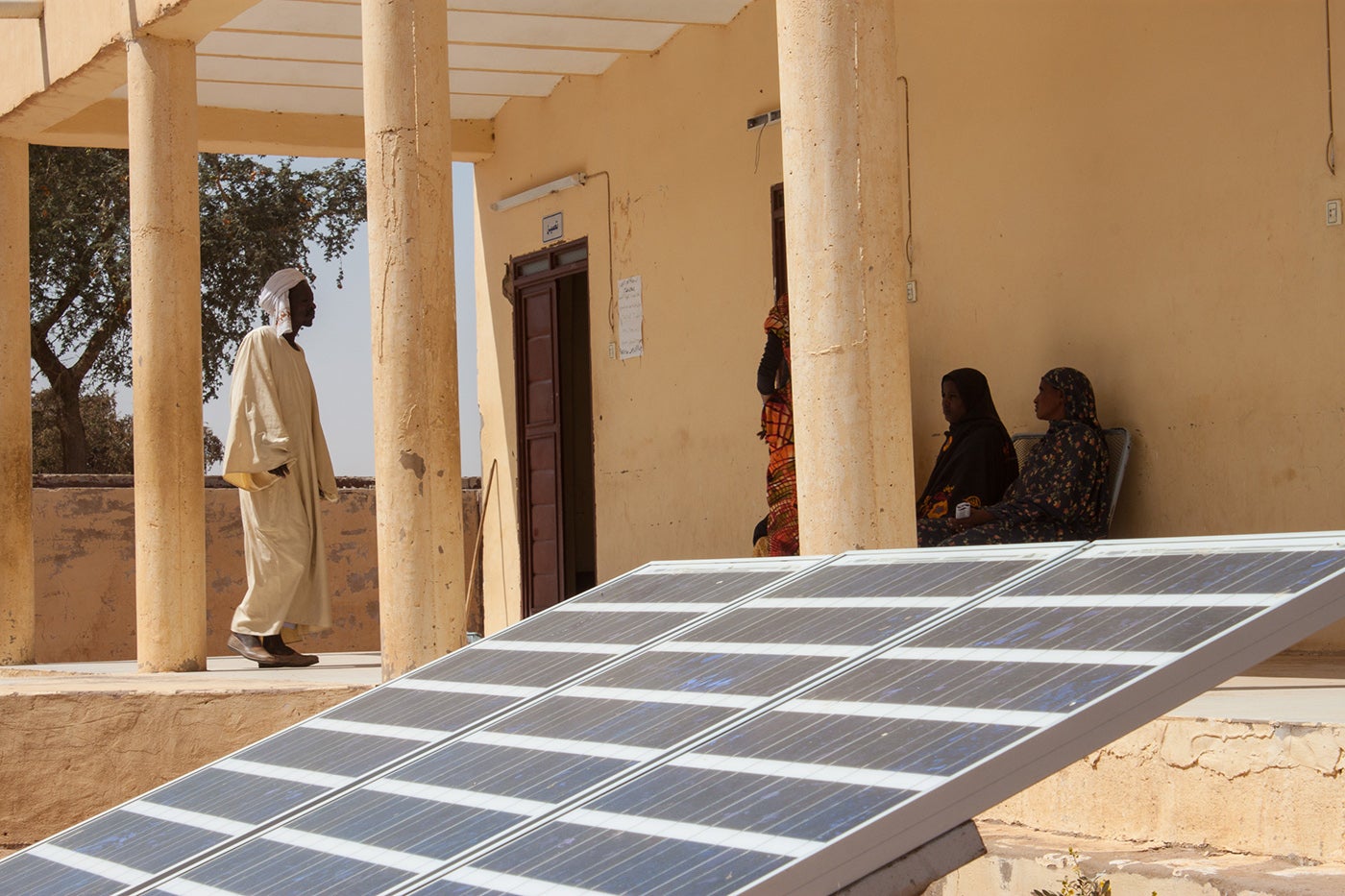Growth vs. Sustainability: Credit Risk in PAYGo Solar
Is pay-as-you-go (PAYGo) solar in the midst of a credit bubble?
The short answer is that we don’t know. We have heard that PAYGo solar repayment rates are suboptimal, but the lack of public data makes this impossible to verify. There might not be a bubble, it may have already begun to deflate or it may be about to pop. Nobel Prize winning economist Robert Schiller believes that financial bubbles are indeterminate: “[They] do not end like a short story, novel, or play . . . in the real world, we never know when the story is over.” If there is a bubble, this may be exactly the right moment to act, or it may be too late, but we feel comfortable saying that it is not too soon. .

PAYGo is a form of asset financing. In asset finance, the main collateral on a lease or loan is the asset being financed. In the case of PAYGo solar, this is the solar home system, which can be remotely deactivated and (if necessary) repossessed. PAYGo fills a gap left by the two established models for providing low-income, informally employed people with credit: (1) microfinance, which requires frequent interactions and collateral that poor customers lack, and (2) digital credit, which is quick and collateral-light but limits customers to tiny loans. With over 3 million units distributed, PAYGo solar has grown in recent years and has enormous potential to address energy access gaps. It also has potential to meet unmet demand for consumer or business credit in low-income countries. Its unique collateral makes credit more accessible to poor customers, who may be unwilling or unable to pledge other assets.
However, PAYGo is still a form of finance, and finance is risk management. There are many types of risk involved in PAYGo solar lending, such as sovereign risk, climate risk and exchange risk. PAYGo companies are generally aware of these and mitigate them where possible or price them in if necessary. But based on our conversations with various PAYGo companies over the past three months, we worry that (i.e., the risk of customers not meeting their repayment obligations). These companies are under pressure from donors and investors to reach scale and acquire market share, which may be leading them to pursue high quantities of borrowers over high-quality borrowers.
The consulting firm Hystra flagged these issues in a 2017 report, “Reaching Scale in Access to Energy.” It documented how portfolio quality in the PAYGo sector could suffer when companies were pushed to scale quickly. One provider reported that its write-off rate tripled after a major sales push. Another lowered the upfront cost of its home solar unit and saw the percentage of late payers more than double. Alexandre Coster, the managing director of PAYGo company Baobab+, remarked, “There can be no sustainable growth without a relentless focus on keeping default rates very low.”
To better understand the realities and challenges of running a PAYGo credit operation, we recently spoke with the people who live with it: heads of credit and risk at PAYGo solar companies, equity investors and creditors. Several questions arose from our conversations, which we will be researching over the next year:
- Why are customers defaulting? Repayment is tied directly to use in PAYGo. The value of the asset should incentivize payment, as the asset is worth little to customers if locked and worth nothing if taken away. This is why providers allow so much repayment flexibility. But nonpayment is higher than predicted; customers are more willing to forego electricity than was originally hypothesized. Are they just choosing to default first on their most flexible obligation? Is the price of solar too high, or their equity in the system too low? These answers would help PAYGo providers to understand the drivers of nonpayment.
- Is risk being adequately priced into consumer and commercial lending? Imagine that you are financing a $100 solar home system. A 30 percent effective interest rate covers your operating costs and interest expense (a combined 20 percent in this illustrative example) and leaves you with your targeted 10 percent annual profits across the portfolio. You need to make $30 on the average solar home system. Averaged across a portfolio of 100 borrowers, that’s not so bad: just $30 each. But what if five borrowers default completely? Now you need $37 from the 95 good payers. If 15 borrowers default, the rest pay $53 in interest, an increase of 76 percent. Some executives believed their credit operations were sustainable at current rates/prices, but more than one did not.
- What is the optimal blend of affordability and sustainability? The most powerful tools for affecting repayment are pricing instruments: deposit, daily/weekly cost, loan tenor and total price. For many companies, the deposit is used as the main screening mechanism. The daily rate is the main cost to customers and is a function of the product price and tenor. Some providers have extended their loans so that they can drop the daily rate without sacrificing overall revenue. This makes a product affordable on a day-to-day basis, but it exposes companies to more of their customers’ life and business risks and gives them less data on completed loan cycles.
- Are donors’ energy access goals overriding credit concerns? In any business that combines retail and finance, there will be tension over which customers to accept, particularly during scale-up. This friction can intensify if donors’ determination to advance universal energy access incentivizes PAYGo companies to focus on quantity over quality of loans. One PAYGo credit chief we spoke to thinks the whole process has been backwards: “It would be better if we came to a robust credit model first, then traded a little bit of sustainability for more outreach, as opposed to the other way around.”
The good news is that providers believe these questions are important. Several heads of credit were new to their positions, hired from outside fields within the past year. Companies seem more willing to tighten their credit screening and experiment with data analysis and behavior nudges to reduce defaults. We fully believe that credit risk in this sector can be managed as it has been elsewhere, through some combination of screening, segmentation, customer interaction and appropriate escalations. But finding that balance is both tricky and important. There are customers who will benefit if more life-changing assets become available on a financed basis. But no one will gain if sustainability is sacrificed for rapid growth.




Add new comment